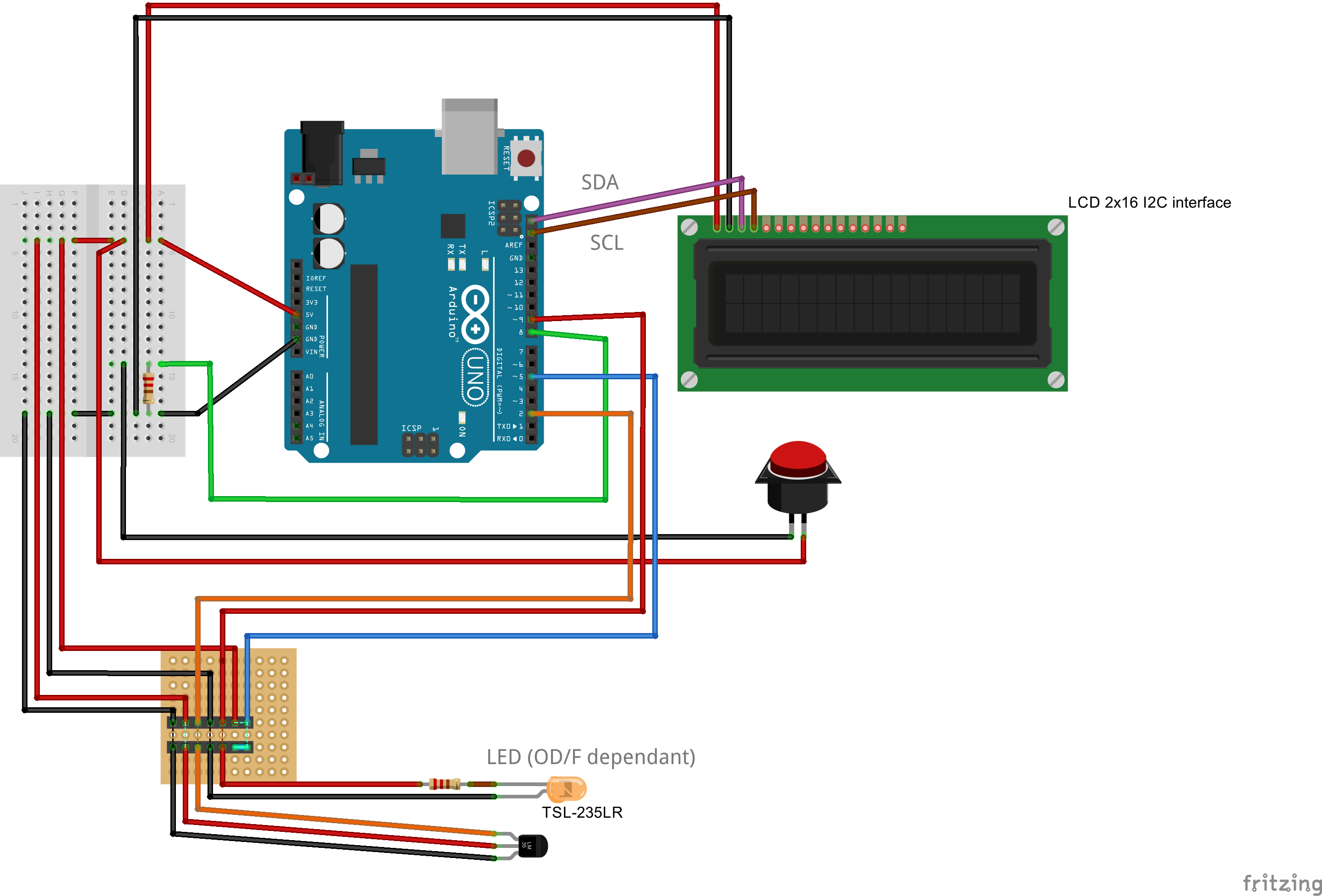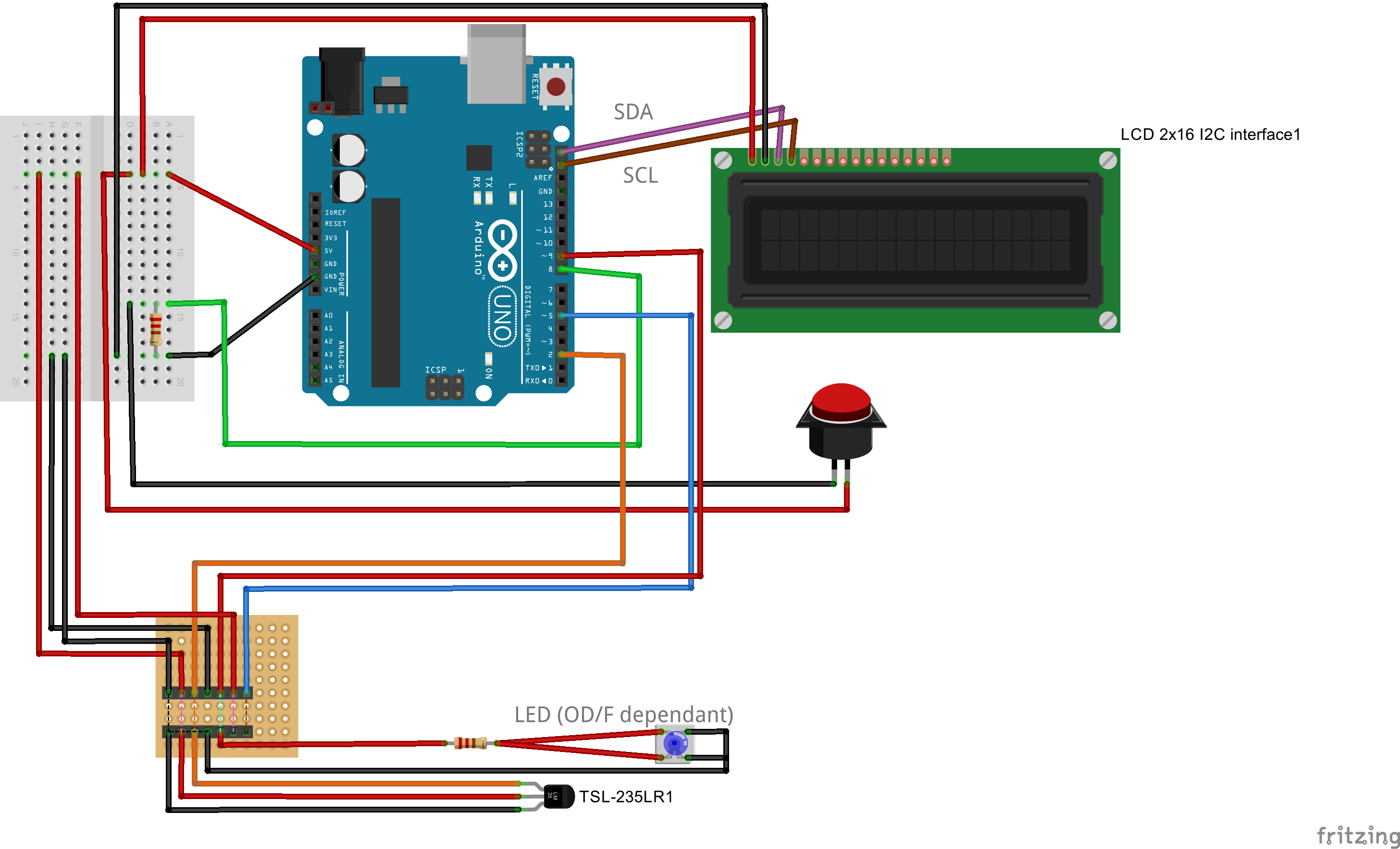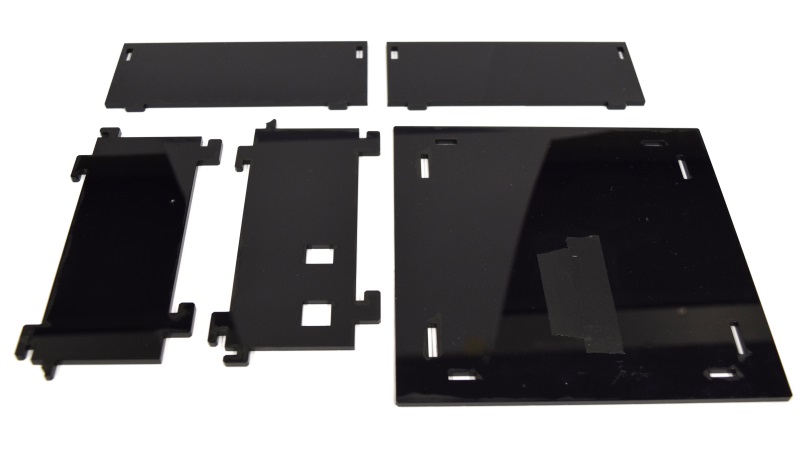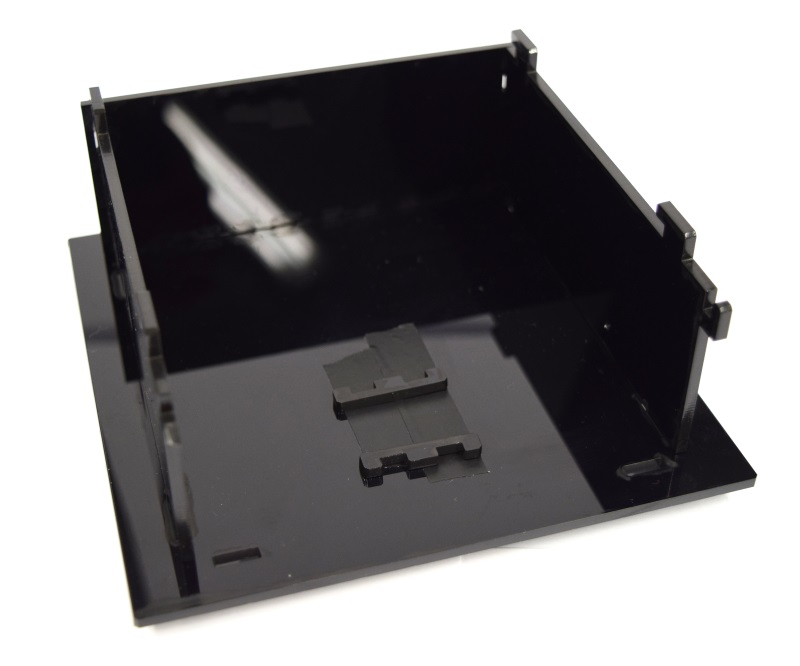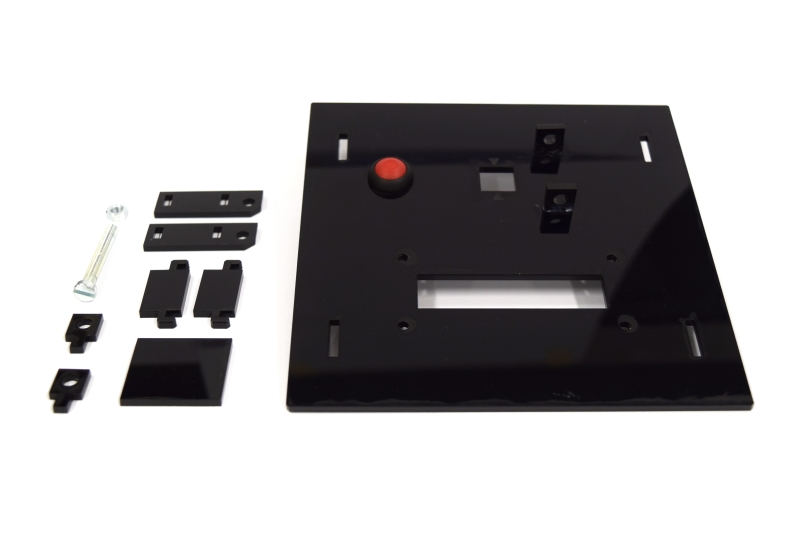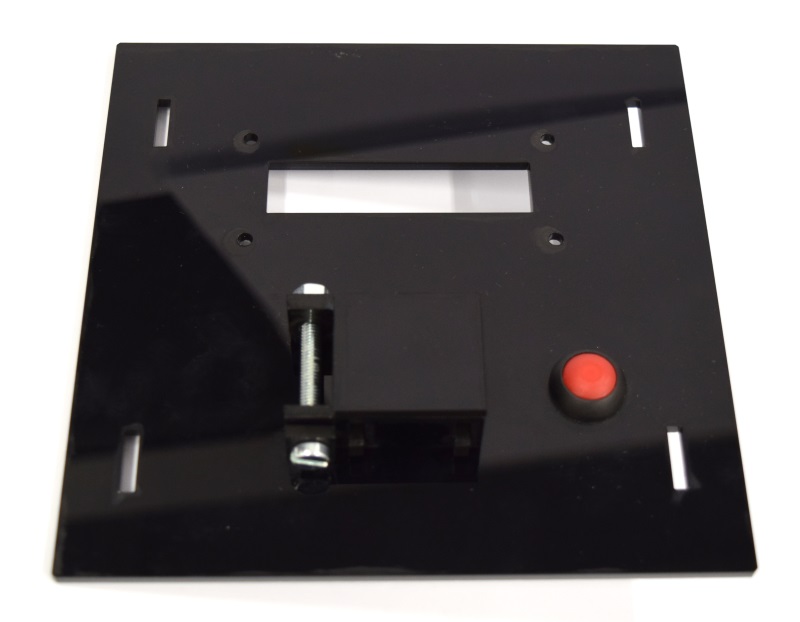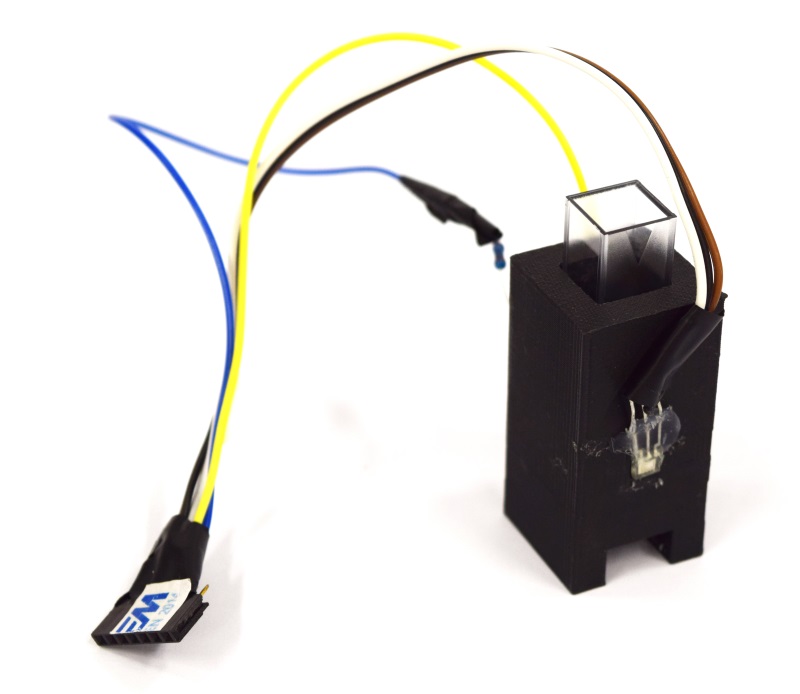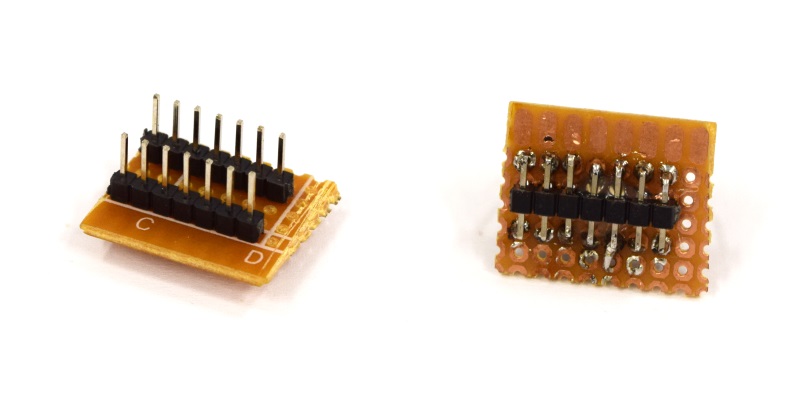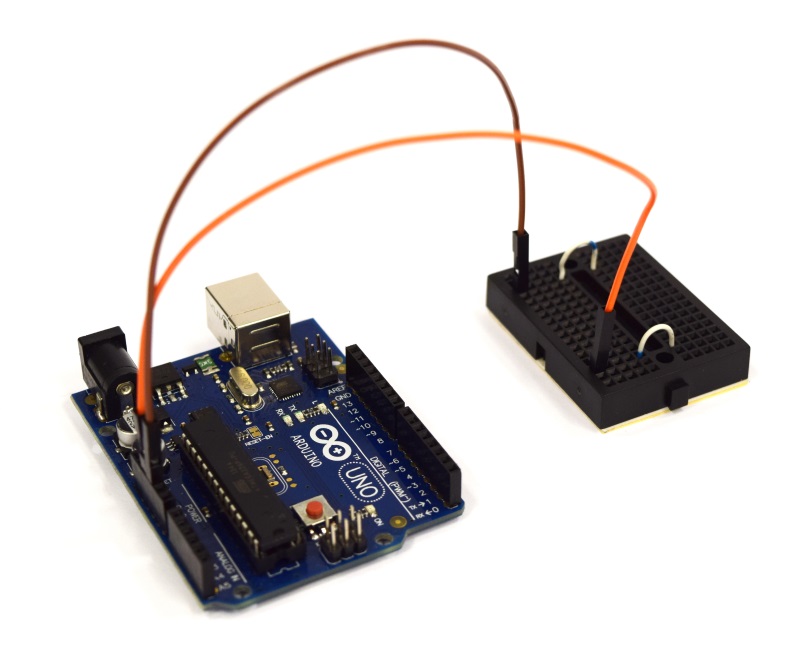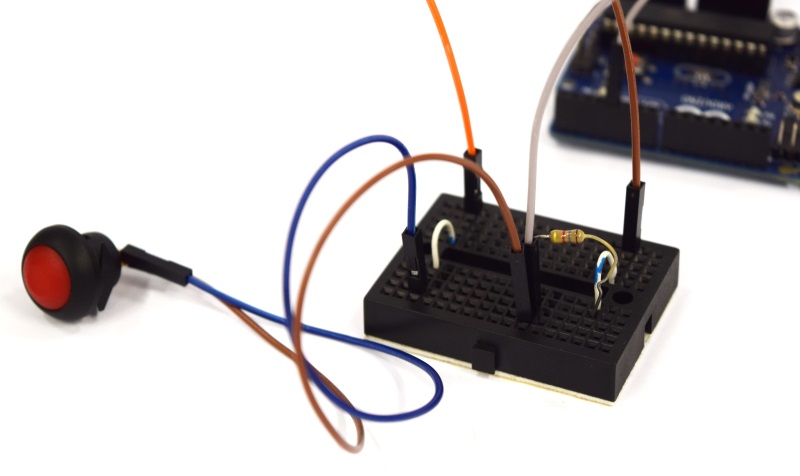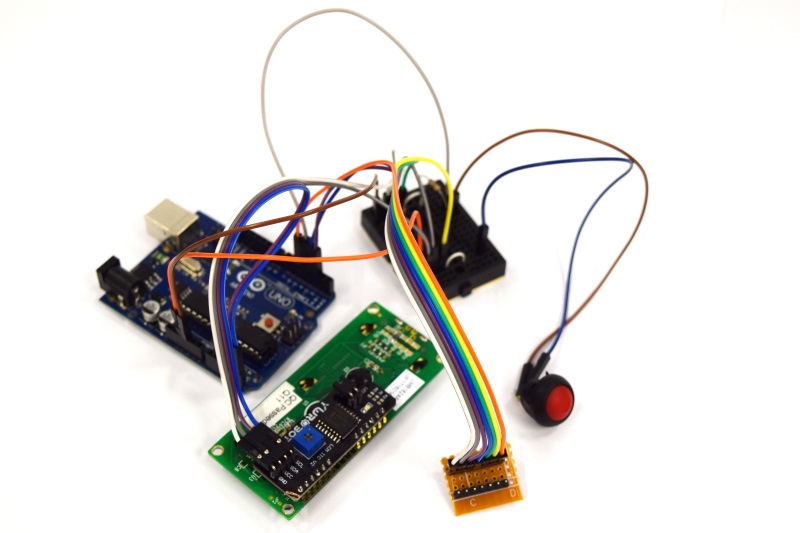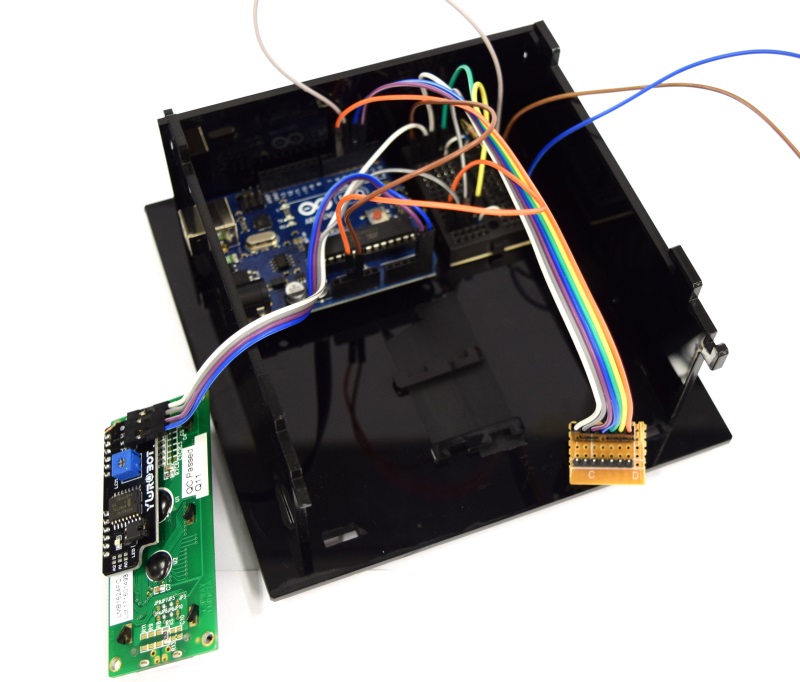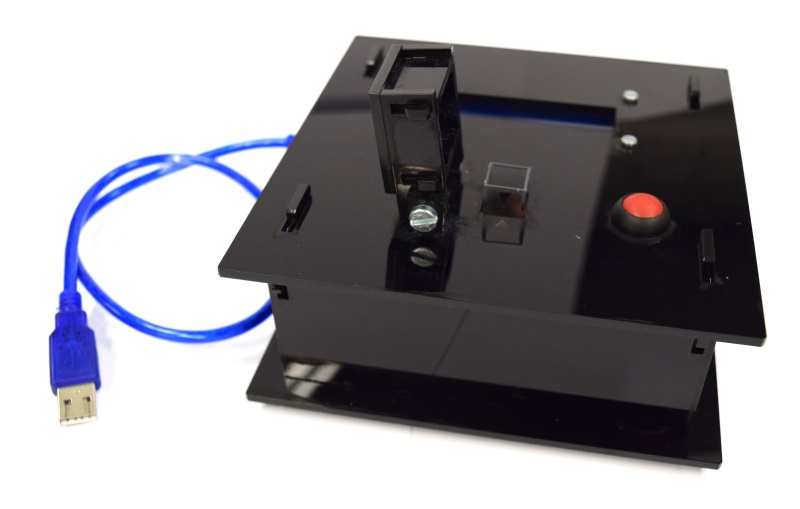OD/F device
Measuring Optical Density (OD) is a central element in microbiological work and synthetic biology in general. Often the qeustion is, how many cells are in a suspension. The OD can give you a hint.
Commercial OD meters cost several hundred dollars ([http://www.laboratory-equipment.com/laboratory-equipment/cell-density-meter.php OD meter]), and can limit the spread of synthetic biology.
Especially for BioHack-Spaces, DIY laboratories and schools we wanted to develop an alternative.
With our OD/F device we want to enable many to people for good, precise and cheap science.
Especially for the Interlab Study also fluorescence has been of importance. Here the correlation between OD and fluorescence should be measured.
Since the taks of measuring OD and fluorescence are often performed at the same time, we want to present a device that can measure both with easy changes. Finally we can tell you, how much fluorescence there is per amount of cells.
In fact, you can find some DIY posts for turbidity meters such as [http://www.thingiverse.com/thing:74415 Turbidity sensors]. However a proper assessment of their linearity as well as a calculated OD-value is missing.
Also regarding fluorescence, we're not re-inventing the wheel (well, not totally). The 2010 iGEM Cambridge team actually build a very similar device, the E.glometer. However, there's no data available showing an actual comparison of the data from their device, and some proven, commercial system, e.g. to assess linearity of the measurement.
Development
Developing the OD/F device has been an interesting task. On the one hand, this device has been developed mainly by the computer guys. On the other hand, the biologists affected from color-blindness helped to select the correct filters for the LEDs. Not the best combinations to recommend ;) .
Being naive, the computer guys first attached the sensor to the couvette holder at approximately 1.5cm, which was perfectly suited for 3ml cuvettes. However, those are not widely used anymore, and we migrated to 1.6ml cuvettes. As it turns out, if the sensor sits at 1.5cm, it just hits the position where the cuvette enlarges again - and most importantly, where the edge of the sample solution is.
This results in diffraction on the surface of the sample, and finally renders any measurement results into - from a computer scientific point of view - a perfect random number generator.
However, placing the sensor very low brings problems with sedimentation as well as diffractions from the bottom. Finally we place the sensor in 0.75cm height, which, as it turns out later, is very close to one of the standard heights (0.2cm, 0.8cm, 1.2cm) of OD meters.
The main problem here was also to have the sensor as close to the bottom, such that enough lights shines through for the fluorescence measurement, and to have it closer to the top, such that effects from sedimentation are reduced.
It is important to note, that despite the minimal fill heights of the 1.6ml cuvettes of 1.2ml, our device also works with fills of only 1ml, which comes closer to reality in the lab.
The final cuvette holder design is rendered below in a stl-file:
Once the cuvette holder has been finished, finding good filters was a tough challenge. The overall goal has been to choose easily available parts, which are also inexpensive. So choosing Schott glasses as filters unfortunately could not be considered.
Filters, as used for illumination of theatres, seemed to be ideal.
However, despite testing a lot of filters, no ideal filter could be found. The selection of filters here represents our best efforts to choose the most suitable filter.
Especially for the fluorescence measurements of GFP this has been a big problem.
[http://parts.igem.org/Part:BBa_E0040 GFPmut3b] has a peak excitation at 501nm and a peak emission at 511nm - too close for our low-cost filters. Instead we choose to excite at around 485nm, try to avoid and response lower than 500nm. However, no filter with these strict properties could be found.
Finally, using the dark greenish Twickenham Green filter only little amounts of sub-500nm-light gets through, reducing any bias from this significantly. Unfortunately the transmission rate of this filter is still quite bad at 20% for the target emission wavelength.
Also for the OD measurement we had similar problems. The solution to this problem is presented in the F device section.
Combined Device
Even though evaluation of the measurements have been performed in two separate device, it is fairly well possible to put everything into one casing.
All you need to do is choosing another lid, and connect a second light to frequency sensor to your Arduino.
Right at the bottom we present you the differences in wiring things up.
|
 "
"
